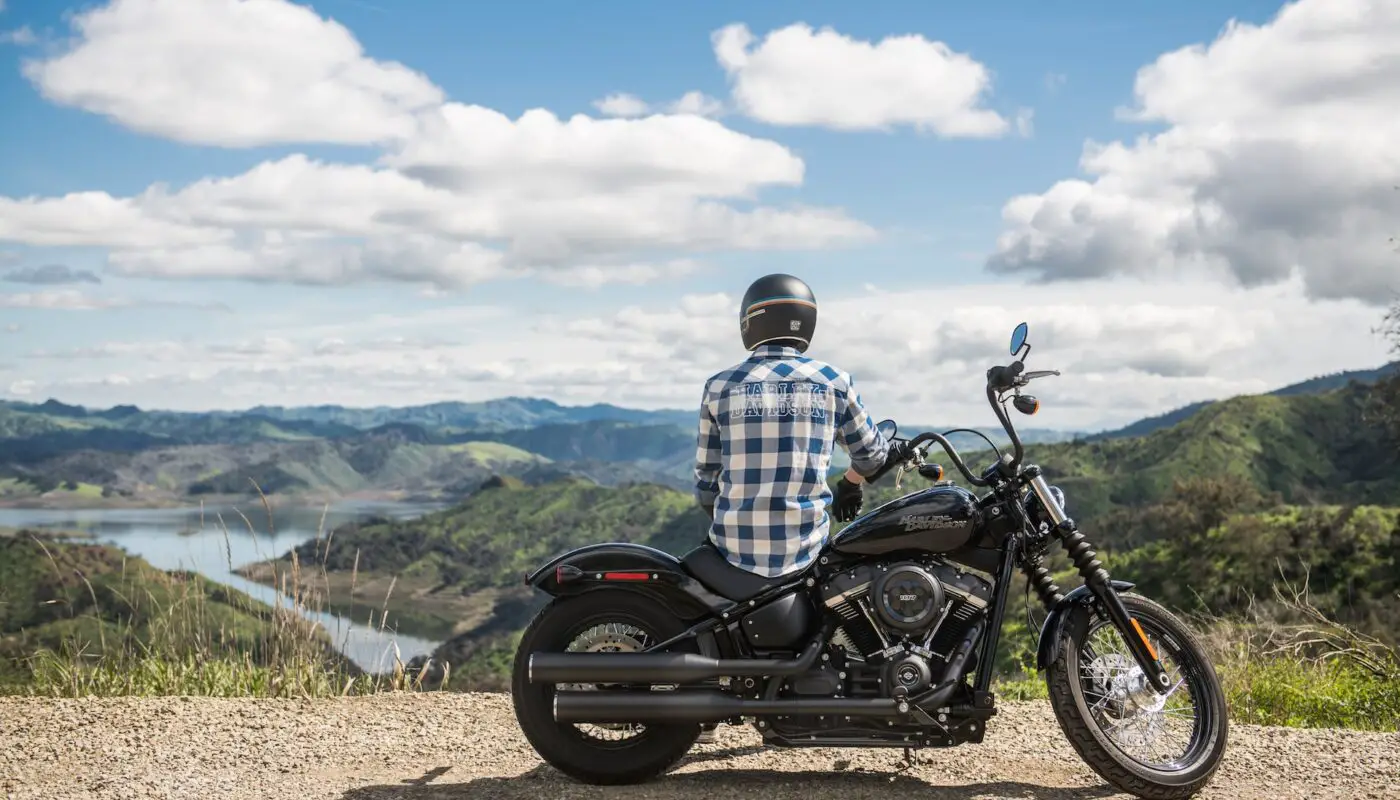Riding a motorcycle gives you incredible freedom out on the open road. But ensuring your safety should always be the top priority before going for a ride. Choosing the safest motorcycle helmet is the most essential piece of gear, allowing you to have both freedom and security is a quality motorcycle helmet. Choosing the fitting helmet is crucial because it could save your life in the event of a crash. This article provides tips on selecting the safest motorcycle helmet to protect yourself while enjoying the two-wheeled experience.
Table of Contents
What to Look for in a Safe Motorcycle Helmet
When cruising down the highway on your hog, one of the most important pieces of gear protecting you is your lid. Don’t just grab any old plastic brain bucket! When choosing a motorcycle helmet, there are a few key features to look for that will help keep your head safe and sound.
Safety Certifications
Look for the DOT or Snell sticker inside the helmet. This shows the helmet meets rigorous impact testing standards for safety. Dot and ECE 22.05 are the minimum – go for Snell or SHARP 4 or 5 stars rating for better protection.
Full Face Coverage
Your entire head should be covered by the helmet, chin and cheeks included. Modular and 3/4 helmets leave parts exposed. Full face is the safest bet.
Sturdy Outer Shell
Polycarbonate composite is ideal. Thermoplastic like ABS is decent. Avoid cheap plastic – it cracks easily. The helmet should feel solid in your hands.
Comfortable Inner Lining
Padding should cushion but not compress fully when you press on it. Excess wear means it’s time for a new lid.
Chin Strap
Your motorcycle helmet should have a D-ring closure. Ensure you can get the strap snug under your chin, but not painfully tight.
Getting the Proper Fit
You’ve found helmets with all the ideal safety features. But it’s crucial that you find one that fits your head shape and size correctly. An ill-fitting helmet can be uncomfortable at best or leave your head insufficiently protected at worst.
Follow these tips to ensure it fits like a glove:
- The helmet should feel snug all around your head with even pressure, but no tight spots. The cheek pads should lightly touch your cheeks without squeezing.
- When you nod your head, your forehead should just graze the inner liner. If it pushes painfully against your forehead, it’s too tight.
- The chin strap should fit snugly under your chin so that when closed you can fit one finger between the strap and your chin. Make sure you can open your mouth wide.
A properly fitting motorcycle helmet can save your life. Try on multiple sizes and brands before you buy them. Head shapes vary, so one brand may fit better than another. Take your time to get the right fit.
Types of Motorcycle Helmets
Motorcycle helmets come in a variety of styles, each with its pros and cons. Consider how you’ll use your motorcycle to decide which is right for you.
Full Face Helmet
Full face is the safest choice for street riders. Their chin bar reduces the impact on your face during a crash, while the shield protects from wind, debris, and bugs.
Modular/Flip-Up Helmet
These have a flip-up chin bar and front shield, allowing you to raise the front when stopped. It’s a versatile option, but the hinge mechanism is vulnerable to a crash. Also, the open chin exposes your face.
Open Face Helmet
As the name suggests, an open-face helmet leaves your face completely exposed. It only protects the top half of your head. Offering minimal coverage, it’s best suited only for low-speed riding.
Dual Sport Helmet
With a face shield and chin bar, dual sport helmets resemble full face—but the chin bar doesn’t fully enclose the face. This allows for talking and improved hearing when riding off-road. The partial exposure makes them less ideal for street use.
Final Thoughts on Choosing the Safest Motorcycle Helmet
Selecting the proper motorcycle helmet is one of the most crucial decisions you’ll make to stay protected on your bike. While it may seem like a simple choice, educating yourself on safety certifications, fit, helmet types, and additional features allows you to get a lid optimized for your needs. Your helmet safeguards the most valuable asset, your head – so invest the time to choose the right one. Wear it on every journey to guarantee many carefree miles ahead.



